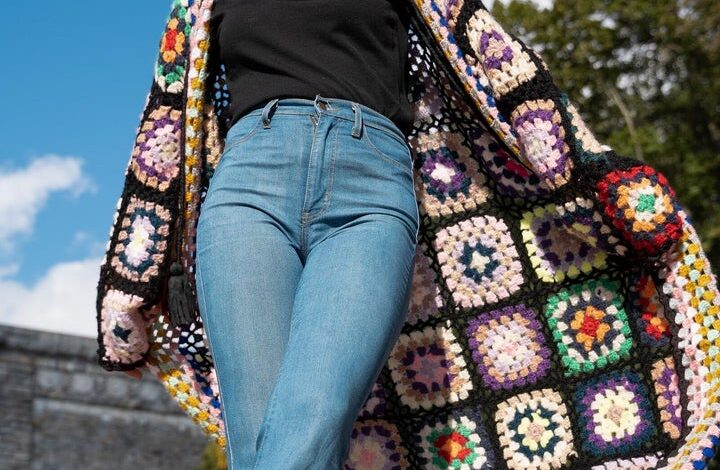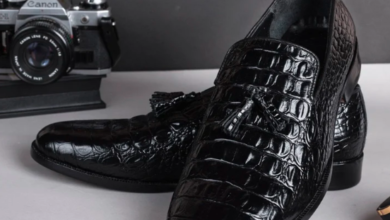In Japan, you can wear any type of kimono you like

From one side of the planet to the other, we view clothing as a day by day fundamental. We get up in the first part of the day and before we enter the world we as a whole need to choose what to wear. Style all around the world has a novel story, particularly in Japan. Lets investigate Kimono in Japan and the intricate details of this dazzling and customary attire.
We regularly see new cutting edge patterns as far as style being acquired or reconsidered in light of the set of experiences critical pieces or articulation things had in earlier many years. These things that were worn many years or even hundreds of years prior will normally wind up in our advanced time with a charming new curve yet frequently containing a similar design.
In Japan, the Kimono is the most widely recognized garment. The vast majority envision a long hanging robe with delightful examples and shadings; But initially, in English and in Japanese the importance of the word Kimono meant clothing or wearing things. In any case, over the new years, its interpretation has changed to turn out to be all the more firmly comprehended as the real article of clothing rather than a name for all attire.
What is a Kimono?
A kimono is a long and baggy robe, regularly with long streaming sleeves. It can likewise be worn with an Obi belt that is a long embellishing belt that is folded over the body and window hangings with the Kimono.
The Kimono came around during the Heian time frame in Japan (794-1192). Firstly, The kimono was sewn from straight slices of texture to have the option to fit each body shape and track down ease in making the customary piece without stressing over fluctuating measuring.
Past the upside of Kimonos having the option to fit each body shape, they additionally were not difficult to crease, and amazingly productive during climate changes. They were versatile to layer for chilly climate and breathable for summer and spring with Kimonos made from cloth. In light of these benefits, Kimonos before long turned into a piece of regular daily existence and wear in Japan, basically turning into a conventional dress piece.
Kurotomesode:
Firstly, It is a dark kimono with an example just underneath the midsection. Kurotomesode is a kimono for formal functions and is worn by wedded ladies. It is frequently worn by the mother of the lady of the hour for the wedding. Kurotomesode normally has five kamon (family peak), one each on the sleeves of the kimono, on the chest and on the back. It is the main kimono permitted to go to a group of people with the sovereign.
Furisode:
Furisode kimonos are worn by youthful unmarried young ladies. They are in every case brilliant, richly finished with blossoms. The obi-belt at the back is attached with a bunch. As per the practice, young ladies wear furisode on seijin shiki, the service of greater part, which happens in January and furthermore to the wedding function. Furisode is in a real sense deciphered as waving sleeves the base edge of the sleeve nearly arrives at the lower legs.
Irotomesode:
Monochrome kimono with an example beneath the abdomen. Irotomesode is less formal than kurotomesode, and worn by wedded ladies. They are typically worn by family members of love birds at weddings. Irotomesode can have from three to five kamon.The adornment is put on the trim, yet the shadings are not really dull.
Homongi:
Homongi in a real sense are interpreted as garments for visits. Designs that tumble from the shoulders and down the sleeves and side creases are normal for homongi. However, Homongi can be worn by all ladies, paying little heed to their societal position. Regularly, dear companions of the lady wear such kimonos for a wedding. Homogi is likewise a dress for other authority occasions and festivities.
Tsukegase:
It has a more unobtrusive plan that covers a more modest region generally beneath the midsection. They may likewise be worn by wedded ladies. This kimono can likewise be worn by all ladies.
Iromuji:
Monophonic kimono, which is worn by unmarried young ladies. However, Generally speaking, it is put on the tea function. Colored silk might have its own woven example, yet it has none printed designs.
Komon:
Komon means beautiful example in the Japanese language. The example on this kimono is fairly little and rehashed ordinarily. These kimonos are incompletely relaxed: they are worn outside the city or can be put on for an eatery. This kimono is worn by all ladies.
Yukata:
Lastly, Summer casual kimono. It may very well be made of cotton, flax or hemp. Frequently, yukata are worn at summer celebrations and underground aquifers (onsen).




